With its distinct narrative and intriguing aesthetic, Einar Baldvin’s animated short The Pride of Strathmoor is a film that demands discussion. A resounding success on the festival circuit, in conjunction with the release of the film here on Short of the Week, we spoke to director Baldvin to discuss his influences, animation style and the impressive story behind his narrative.
How did the narrative for The Pride of Strathmoor originate?
It all started in 2009 during my last semester at CalArts when I watched Raging Bull for the first time. I was finishing up my BFA graduation film Catatonic and Raging Bull inspired me to do something more action based (Catatonic consist mostly of a German lunatic talking). There was a particular scene that stuck with me – the one where Jake has his brother punch him repeatedly in the face at the kitchen table. I wanted to understand the desire to be punched because that scene was very mysterious to me at the time. Another line stuck with me, something along the lines of “There is no one left to fight, everyone is afraid of you” I had a very strong urge to understand that character.
I decided to not only make a boxing film as my next project but to do some boxing myself to prepare and to gain some understanding since I knew nothing of the sport.
After I graduated CalArts I went back to Iceland and started training. What was supposed to be a short foray into boxing and a simple animated short turned into a full grown obsession and I started training 6 times a week, not doing much drawing at all since my I was completely exhausted for months.
“There was a lot of nastiness and violence involved that I think eventually found its way into the film”
This went on for a year as I trained, sparred and eventually drew. I also worked as a bouncer during that time since there is little animation in Iceland and the economy had just crashed on top of that. I think I could have gotten something more respectable but this was where my mind was at and I was actually excited about having that kind of job, not only to eat but also to prepare for the film. It helped with the process, granting me some fighting experience I had previously lacked since every night past three I would have to pacify some drunkard or speed freak. The bar was open until at least 6 am which is the legal cutoff but they would keep it open for longer to sell more drinks so it was usually about 3 1/2 hours of chaos. There was a lot of nastiness and violence involved that I think eventually found its way into the film.
That fall I travelled to Holland to participate in an artist residency with Gallery MU in Eindhoven, I had pitched working on a boxing project to them – drawing during the day and boxing and night and I did for three months with a sponsorship. People always say all of The Dutch speak English but this is lie, at least when it came to the working class boxers I was training with. This meant we just communicated with gesture and punches. The Dutch are hard to deal with because they all learn to bike before they walk so their legs don’t tire as fast during boxing. My collarbone got fractured in one of the sparring sessions so I was out of boxing action for a few weeks but I would go to the gym and watch fighters instead which was just a valuable, especially when making a film since I could really study the faces and the movement. The most interesting was watching the main trainer in the ring. He was an old champion. He threw very few punches but they were very accurate and he was constantly grinning in the ring. He looked like a shark. I remember he was sparring with one of the fighters, a 19 year old very fit kid. The kid threw a lot of hard punches that the old man would easily block and then he throw one punch to the kid’s ribs and dropped him – I have never seen such a clear visualization of youth versus experience.
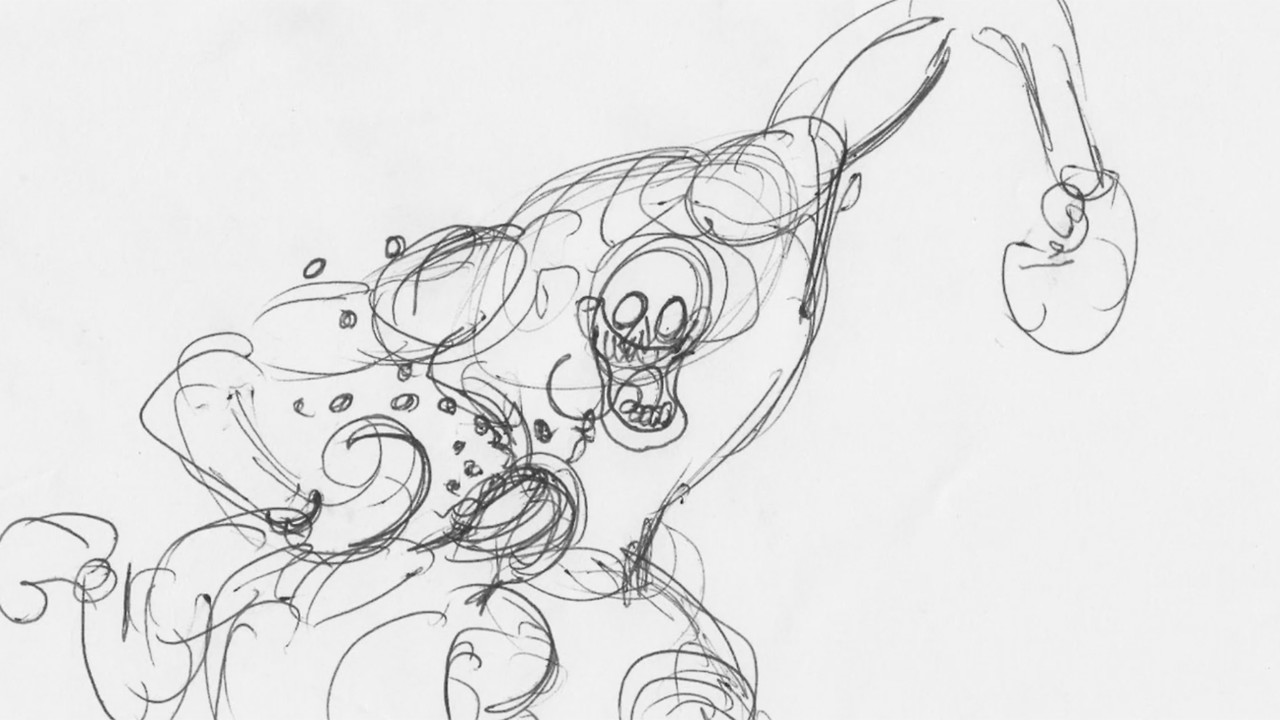
During my time at Galley MU I also applied to USC, feeling that whatever my boxing film was turning into, could be made as a project over there. I had written a tremendous amount of ideas and done sketches while in Holland and something was taking form. I had done extensive research into boxing history and was drawing heavily from that knowledge but I still lacked some focus in the story.
Back in Iceland I kept training and for the first time I really had the shit kicked out of me in a match between clubs. I had been very confident up until that point having done well in sparring matches both in Iceland and Holland but this was a case where the fight was actually stopped by the referee because I was being beaten so badly. I got a bad concussion and some fractured ribs but I was back punching the bag the day a few days later, training the one arm I could use because out of pure psychosis. I then sought out the trainer of the man who beat me and started training with him figuring there was something to be learned from him. One of the hardest men in Iceland, he is an ex-professional heavyweight who is now a strongman and trainer – a 300 pound giant beast. During his first training session with me he had me punch him in the face as hard as I could repeatedly as he walked towards me yelling “If I can keep walking towards you, you are not punching me hard enough” It was a good summer where I think everything about boxing came together for me. It was an unofficial club, just a few ruffians and there was a proper sense of living not so much outside of but beyond society while training with them. The ring is an extremely surreal place while inside it, the more intense the sparring is the more time and space get distorted and everything that dominates human interaction normally: Compassion & safety take second place to pure determination and survival. Everything outside the ring becomes both boring and easy. It’s like being an animal or a man from the past looking from the outside at how utterly boring society is. Violence is a powerful spell.
At the end of the summer, I had no real interest in animation, filmmaking or any normal social interactions (not that filmmaking is one) – just fighting. In my head, an insane plan of just going to school in the fall but spending most of my time boxing in the US formed.
In the fall as I started at USC. I trained with the boxing club there but soon school took over my life completely as the environment drew my back to animation and films. I figured that it would be impossible for me to maintain that pace of boxing and make the film properly. I was very underweight, having been training for a lower weight class than that was probably sensible and permanent exhaustion was setting in.
“The film turned into a story of racial obsession and madness told from the perspective of a single character”
For my first year short at school I started on what became The Pride of Strathmoor. I had finally settled on doing something related to Jack Johnson, who was the figure that resonated most with me after looking the entirety of the history of the sport. He was the first black heavyweight champion of the world from 1908-1915 and had to face tremendous racism because of that. I was struck by the madness that seemed to take hold on a big part of the white population during his reign and as I wrote something based on that feeling and started merging it with the American gothic horror tradition finding those the two ideas to be a natural match. The film turned into a story of racial obsession and madness told from the perspective of a single character. The film isn’t literally about Jack Johnson but it is a tribute to him to the point where the black fighter in the film is drawn to resemble him. Johnson fighting in the ring became much more than just a mere fight and that is something I wanted my film to capture.
In terms of production The Pride of Strathmoor eventually came my thesis film as it grew more complicated all around. All my preparation came together in this story – it just all clicked at some point – all the research, all the violence and the obsession came together and gave birth to the character of Pastor John Deitman. A lot of classes at USC were extremely helpful, in particular technical training with Tom Sito, an old Disney veteran which really pushed my animation as well as a writing class revolving around dreams and the subconscious taught by Mary Sweeney which informed the loose structure of the film and some of the visuals.
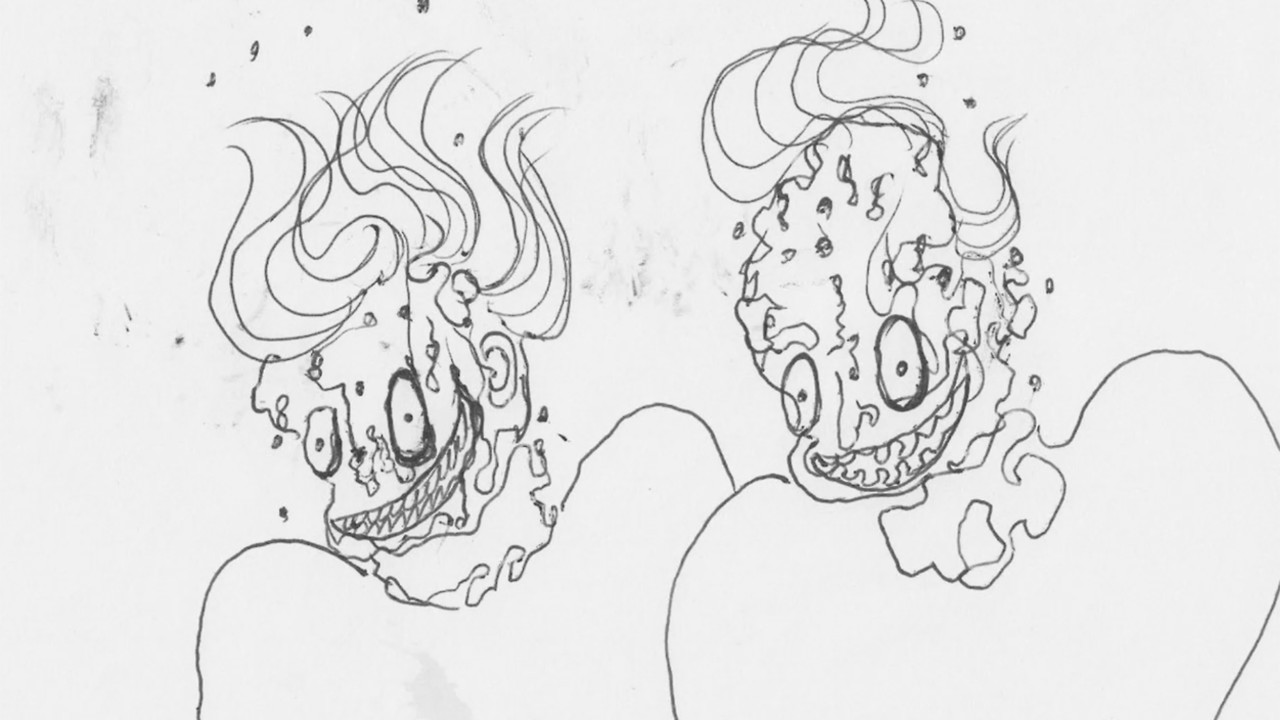
I was lucky enough to see the film sometime ago and it’s a film that’s stuck with me ever since – apart from maybe nightmares, what do you hope an audience takes away from the film?
Further nightmares a feeling of distrust and lingering nausea.
Watching the film I recognised all kinds of influences from traditional animation to horror to boxing movies, were there any standout works that played a large role in shaping the narrative and aesthetic of your film?
Raging Bull as mentioned above. Walt Disney animation up until the mid 40s or so, photos and footage from the south from the time period, 20th century horror, particularly H.P Lovecraft ,his racial obsessions as well as the dreamlike structure of his stories. Ingmar Bergman’s work especially Persona and Hour of the Wolf – in my mind those two films, particularly Persona are unparalleled at depicting nightmares. John Carpenter’s Prince of Darkness was also a big influence, especially the dream sequence/transmission and then Alice Cooper having bugs crawl out of him. Francis Bacon’s distorted figures inform all of my animation. The Cabinet of Dr. Caligari and Nosferatu were also influential on the designs and for some interior shots The Night of The Hunter. A very big influence is also from the way Jack stares at things in The Shining, those are nice, obsessive stares.
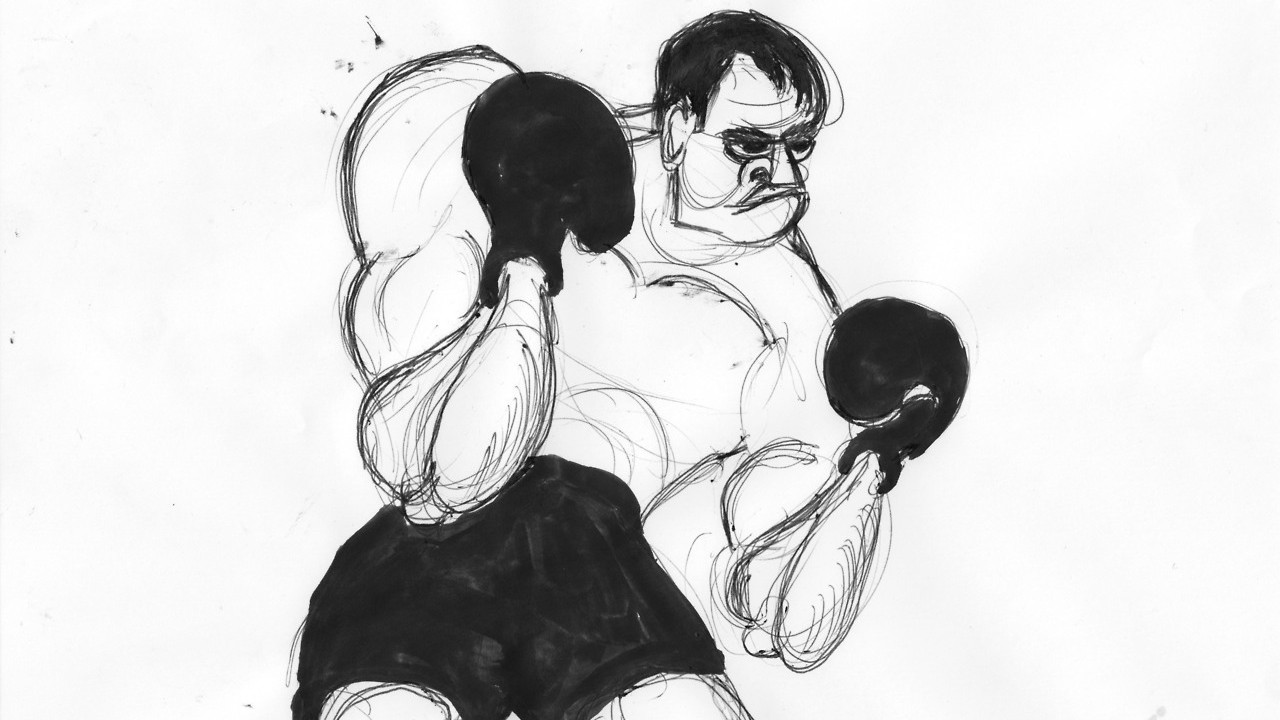
Whilst the whole film is impactful, it’s those boxing scenes that really resonate strongest – how much time and thought went into getting those just right?
Forever if you take the preparation into account but they were also very painstakingly planned through storyboards and then an animatic. Most of the film is not done in that way but those were. The animation of them was very pleasant to do though since I was well prepared and they were also done at the end so I had really figured out everything at that point. Aside from getting the boxing right, I knew I wanted a very strong point of view in those sequences and that is hard to accomplish properly. We see the fight as if we were the pastor and his insanity is peaking at that moment so there is that as well. It was stressful because I knew if I got them wrong, I would feel like I wasted all my boxing effort but I am very happy with that sequence. I have some issues with other parts of the film but not with that scene. I love seeing it every time.
“The process had to become as obsessive as the training and the character represented”
Alongside its distinct story, The Pride of Strathmoor has an unmistakable aesthetic – why did you choose this particular style for this story?
Initially the film looked different, it was composited and had more limited animation but after the first year working on it at USC I discarded most of the work done (only two short things remain but were reworked) as I went for not only fuller animation but also only using paper only instead of compositing. The process had to become as obsessive as the training and the character represented – the film had to be that madman’s journal. Other visual aspects, besides that come from the influences – I wanted it to be reminiscent of both gothic horror but also classical animation and historical photos to represent the time period and the content. The crowd for instance that watches Henry train for the fight is drawn directly from a photo of a lynching mob.
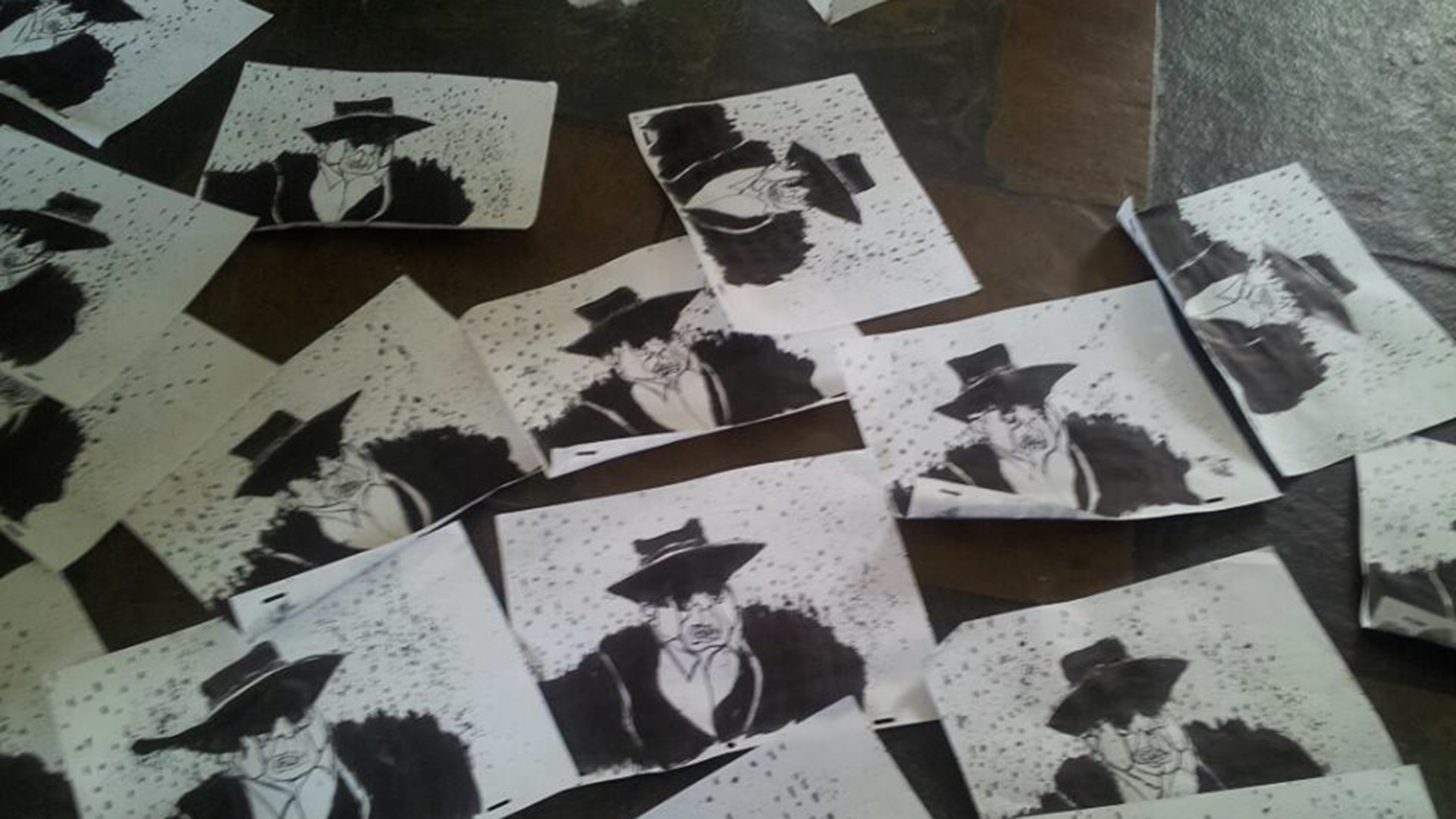
How did you achieve the “aged” look to the animation and what was the thinking behind it?
On a whim late at night I sprayed coffee over the drawings. Something was lacking before that and it added the rotten texture required. I spread drawings all over the apartment and while they were wet my dog would also walk over them. That same week I started writing the words onto the scenes as well. The thought behind was to have it resemble an old journal which, of course is the framework of the film.
“It was of utmost importance that the sound conveyed the madness of the pastor”
Like one of the main influences on the film, Raging Bull, sounds seems to play a huge role in the production, what can you tell us about the sound design?
I always love when it is unclear which is music and which is sound design and that was my aim here. I designed the sound myself and my friend Atli Arnarson made the music. He deserves a lot of credit for what the film turned out to be – his music runs through it almost from beginning to end.
It was of utmost importance that the sound conveyed the madness of the pastor, his hate and then his growing fear. It is the sound of obsession. The music usually matches pov camera shots and swells as we get closer to what the pastor is obsession over – the black sun for instance and the black boxer’s ear he stares into. I find sound design is most interesting when it is very subjective.
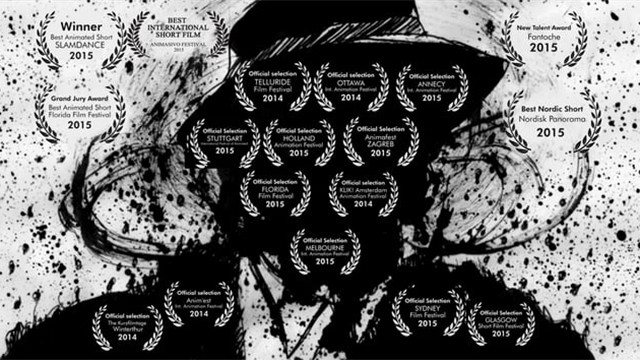
The film has what some might consider a “challenging” narrative – how has the reaction been to it on the festival circuit?
Very positive and it has thankfully done very well. I do suspect though that only those who are fond of it approach me directly and I was expecting more challenges honestly, particularly during live Q&As but I find that people have asked very genuine questions and some have even expressed gratitude to me personally for tackling the subject. I would hope though that anyone who has a genuine problem with the film would speak up, I would welcome the conversation. Usually the most accusatory question I receive is: “What made you want to make a film about this subject matter?” in a certain tone but the most interesting one was when a friend who likes the film told me he thought I had no right to use the word “nigger”
“Those looking for an extended and unpleasant time should most definitely keep an eye out for it”
What have you been working on since you completed The Pride of Strathmoor?
Freelance work but mostly a new film – an animated short based on H.P Lovecraft’s short story from 1920 Facts Concerning The Late Arthur Jermyn and His Family It is a continuation of the themes The Pride of Strathmoor deals with only on a bigger scale and I am very excited about it. I have actually been wanting to adapt one of his stories ever since I started animating and now, after having made this film I finally feel up to the task. Those looking for an extended and unpleasant time should most definitely keep an eye out for it – arthurjermyn.com has some things up already but the film itself will hopefully be done around mid 2016.
You can view The Pride of Strathmoor on Short of the Week now.
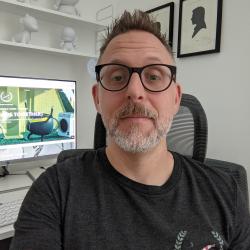 Rob Munday
Rob Munday